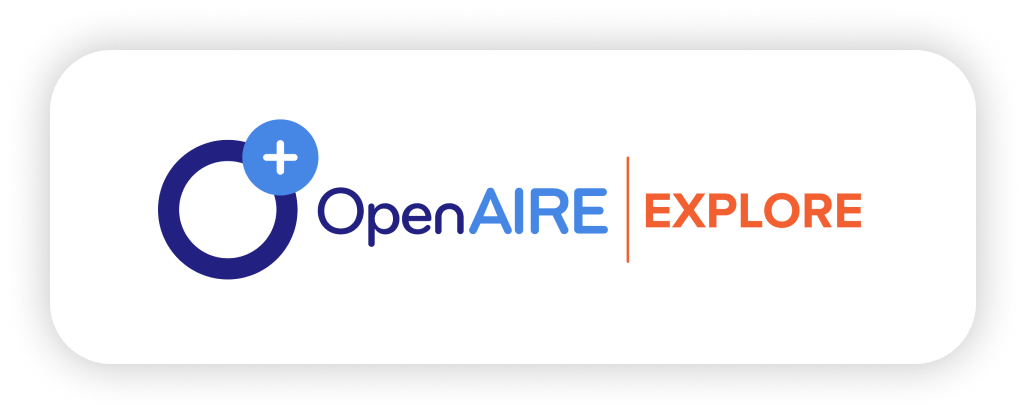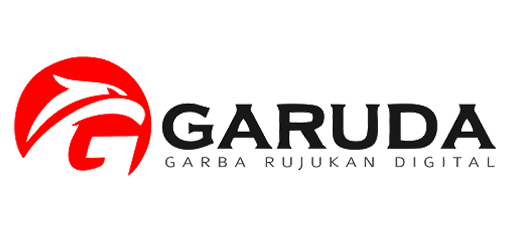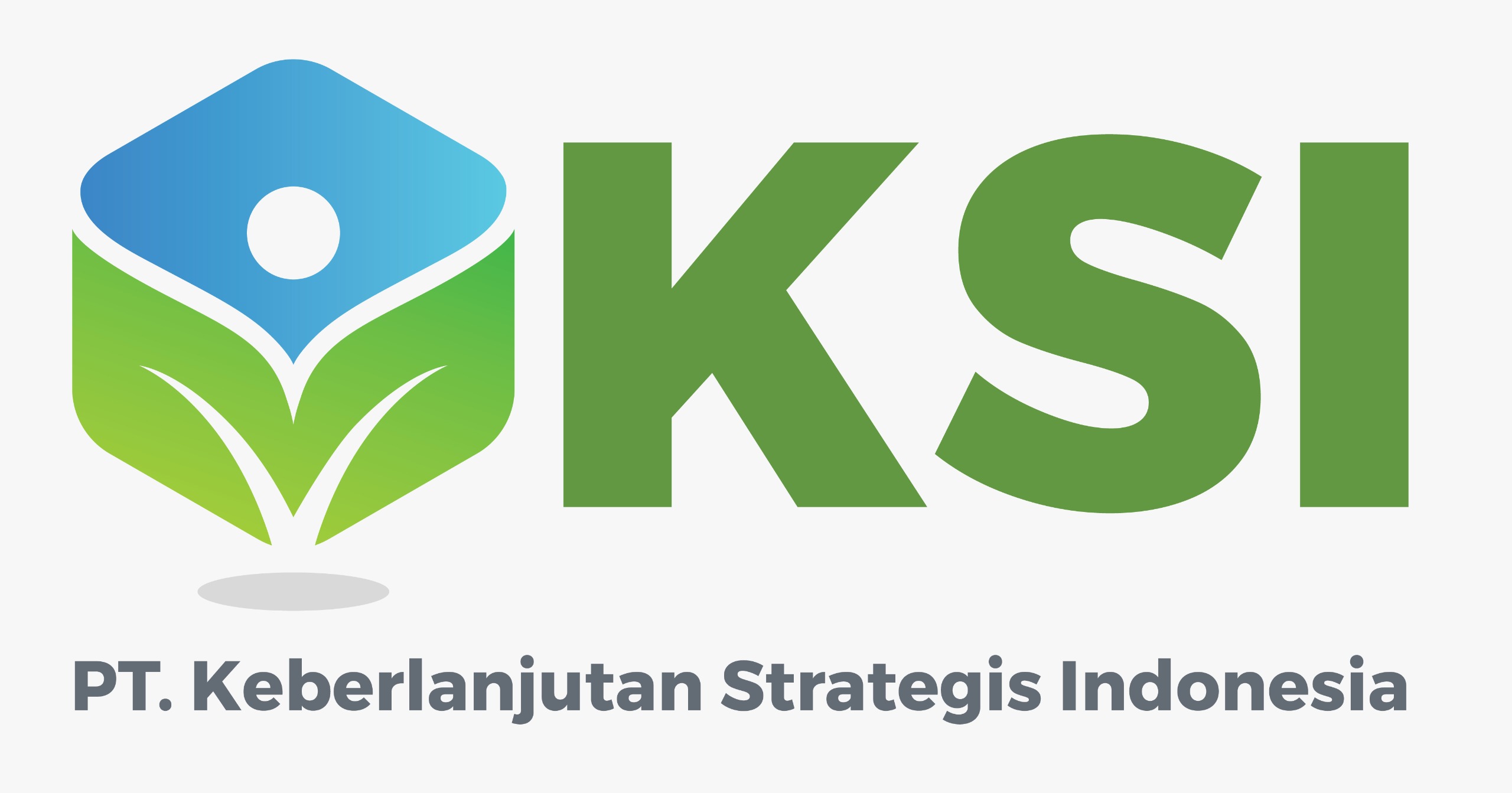Processing Shredded Catfish for Community Economic Empowerment in the Meruya Area of West Jakarta
DOI:
https://doi.org/10.38142/ahjpm.v3i2.1163Keywords:
Catfish Floss, Economic Empowermen, Entrepreneurship, Community ServicAbstract
This community service program aims to empower the economy of Meruya Selatan Village, West Jakarta residents through training in processing catfish into shredded fish. This activity is designed to address the problem of low income and need for food processing skills among local PKK mothers. Through a series of training and mentoring, this program will equip participants with skills in producing quality shredded catfish, preservation techniques, packaging, and effective marketing strategies. Implementation methods include an initial survey, intensive training, hands-on practice, and ongoing monitoring. Other targets include improving participants' knowledge and skills, as well as expanding the marketing reach of shredded catfish products. By utilising local potential and appropriate technology, this programme is expected to increase family income, strengthen food security, and encourage local economic growth in Meruya Selatan Village. PKM activities will end with a discussion session, questions and answers and filling out questionnaires. The output of PKM activities will be published in the form of mass media, articles, and journal publications.
References
Badan Pusat Statistik (BPS). (2022). Data Sosial Ekonomi Penduduk Kelurahan Meruya Selatan. Jakarta: Badan Pusat Statistik.
Budianto, H. (2023). Strategi Pengelolaan Usaha Mikro Berbasis Produk Perikanan: Abon Ikan Lele sebagai Solusi Ekonomi. Jurnal Ekonomi Kreatif, 9(2), 32-47.
Departemen Sosial Republik Indonesia. (2021). Laporan Peningkatan Kesejahteraan Sosial dan Ekonomi Masyarakat. Jakarta: Departemen Sosial Republik Indonesia.
Kementerian Kelautan dan Perikanan (KKP). (2022). Grafik Konsumsi Ikan Nasional 2011-2021. Jakarta: Kementerian Kelautan dan Perikanan.
Kementerian Kelautan dan Perikanan (KKP). (2021). Target Produksi Perikanan Budidaya 2024. Jakarta: Kementerian Kelautan dan Perikanan.
Prasetyo, A., & Rahardjo, S. (2023). Inovasi Pengolahan Pangan Berbasis Perikanan: Studi Kasus Abon. Ikan Lele. Jurnal Teknologi Pangan, 15(2), 101-115.
Primaningtyas A.W., Hastuti, S., & Subandiyono, S. (2015). Performa Produksi Ikan Lele (Clarias Gariepinus) yang Dipelihara dalam Sistem Budidaya Berbeda. Journal of Aquaculture Management and Technology, 4(4). 51-60.
Setiawan, B., & Suprapto, D. (2022). Analisis Pemasaran Produk Abon Ikan Lele di Wilayah Perkotaan. Jurnal Ekonomi Perikanan, 10(1), 45-60.
Undang-Undang Republik Indonesia Nomor 12 Tahun 2012. (2012). Tentang Pendidikan Tinggi. Jakarta: Sekretariat Negara Republik Indonesia.
Yuliana, S. (2023). Pemberdayaan Masyarakat melalui Program Pengolahan Pangan di Perkotaan: Kasus Kelurahan Meruya Selatan. Jurnal Pengabdian Masyarakat, 8(3), 78-89. https://doi.org/10.22441/pemanas.v3i1.20053
Downloads
Published
Issue
Section
License
Copyright (c) 2024 Nurul HIDAYAH, Daru ASIH, Putri ANDARI

This work is licensed under a Creative Commons Attribution-NonCommercial 4.0 International License.
Creative Commons Attribution-NonCommercial 4.0 International License.



























